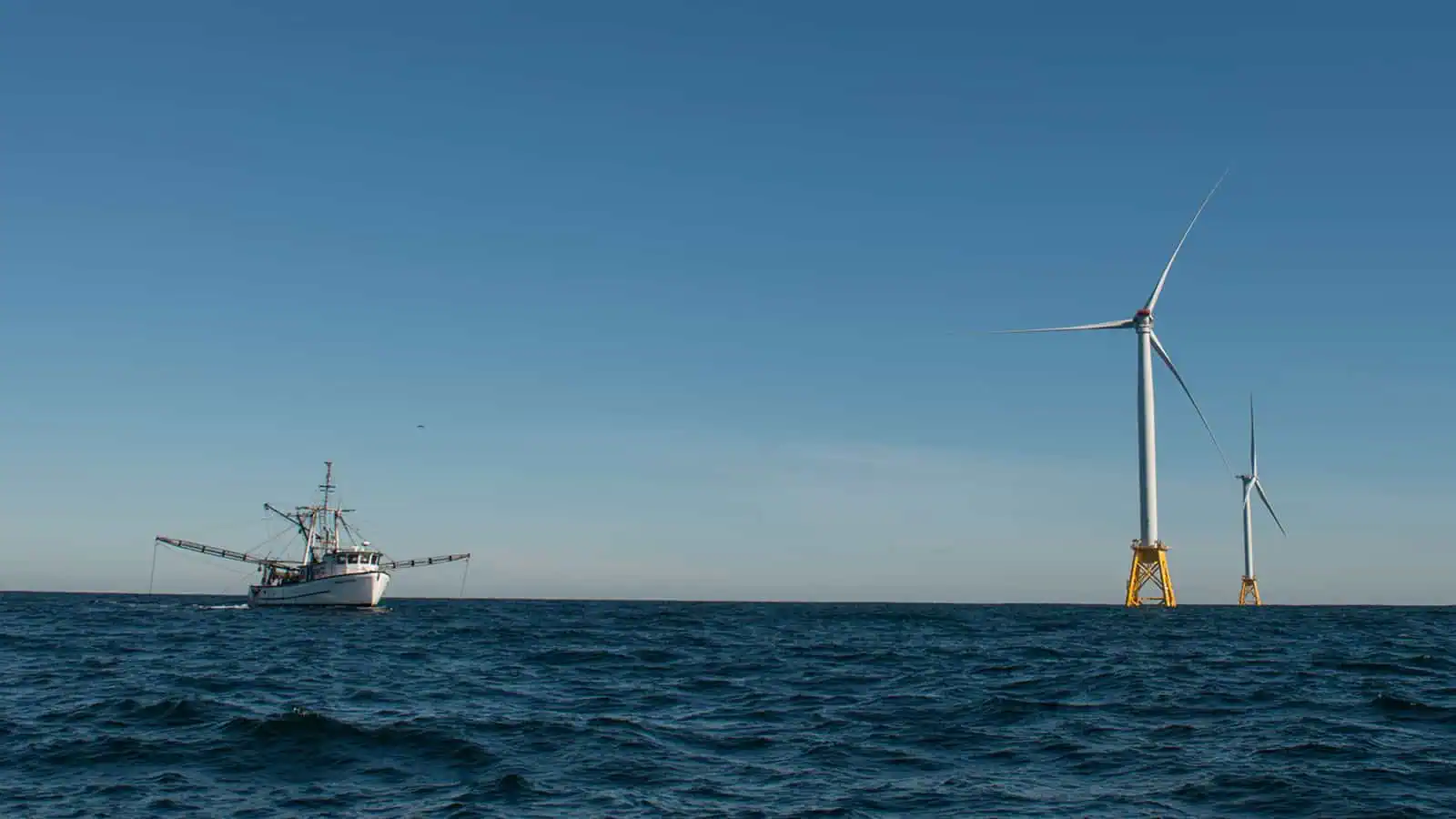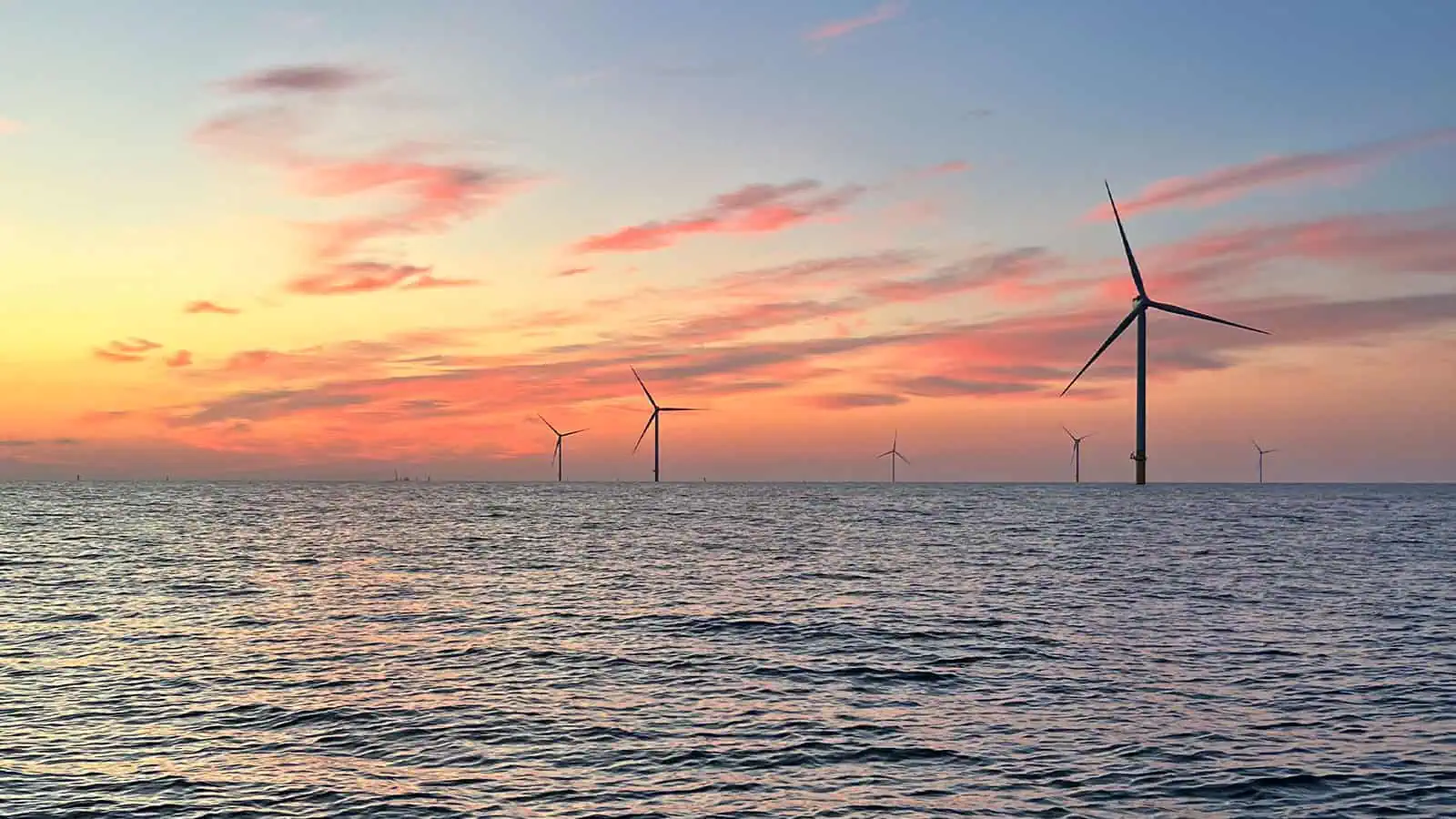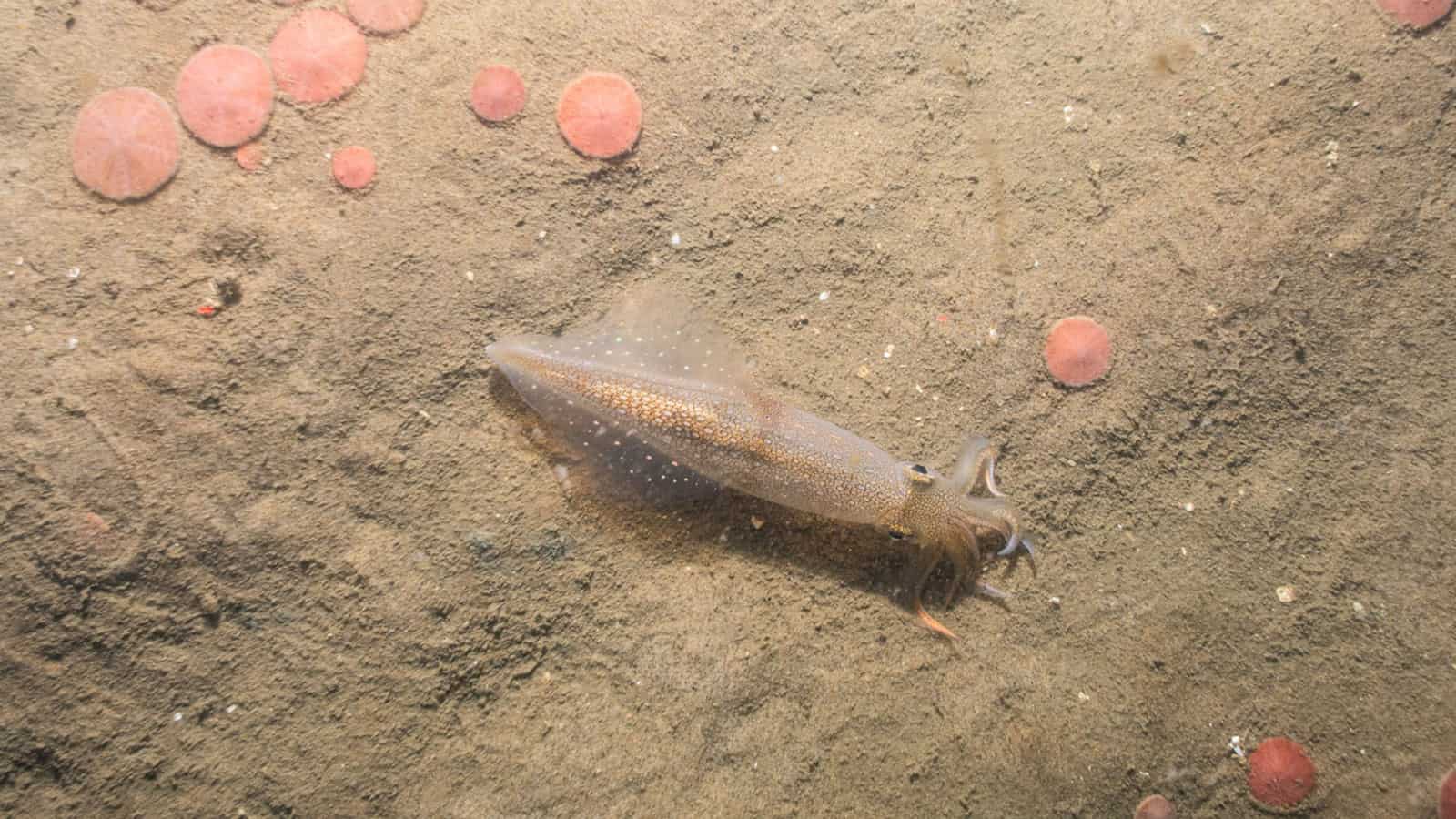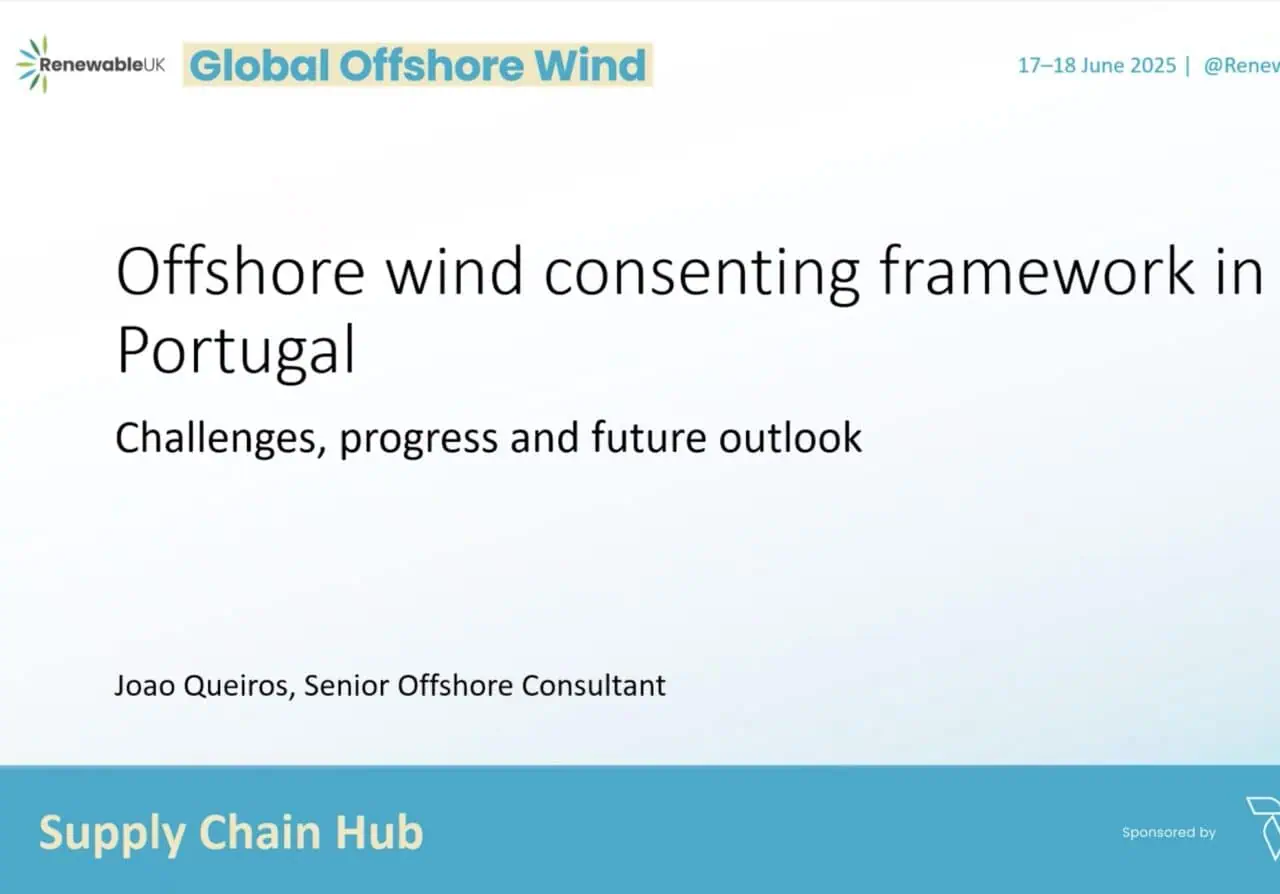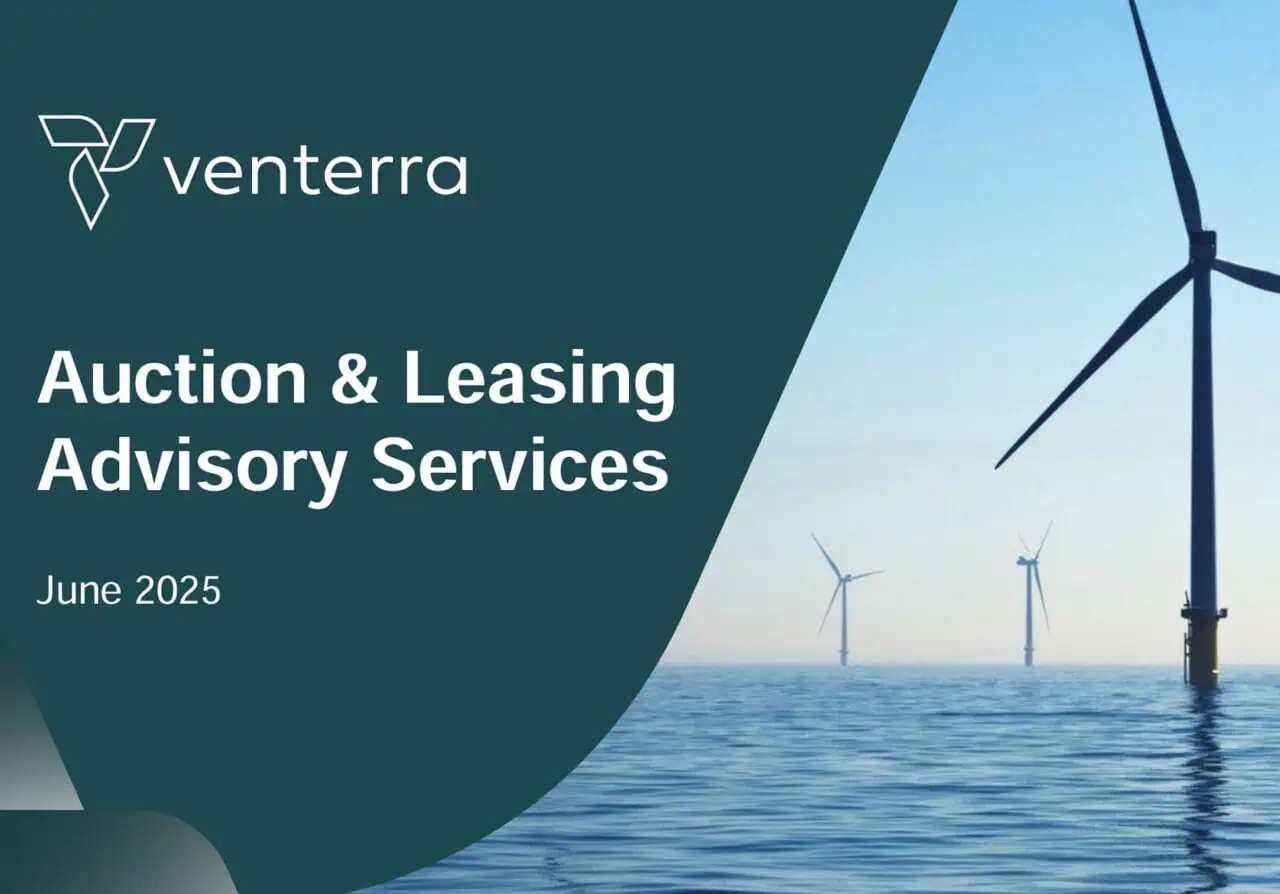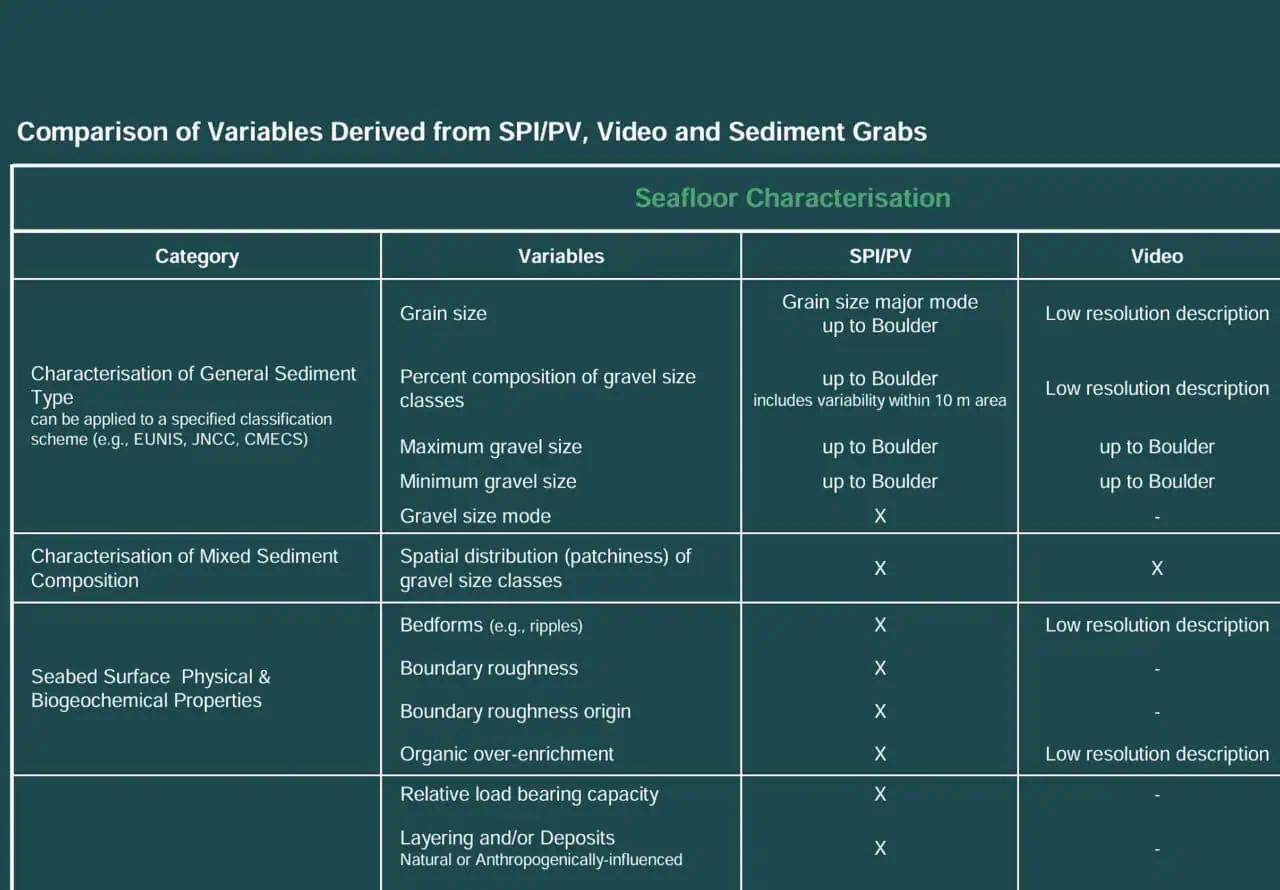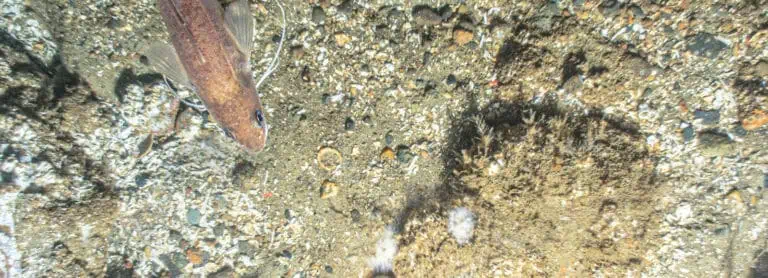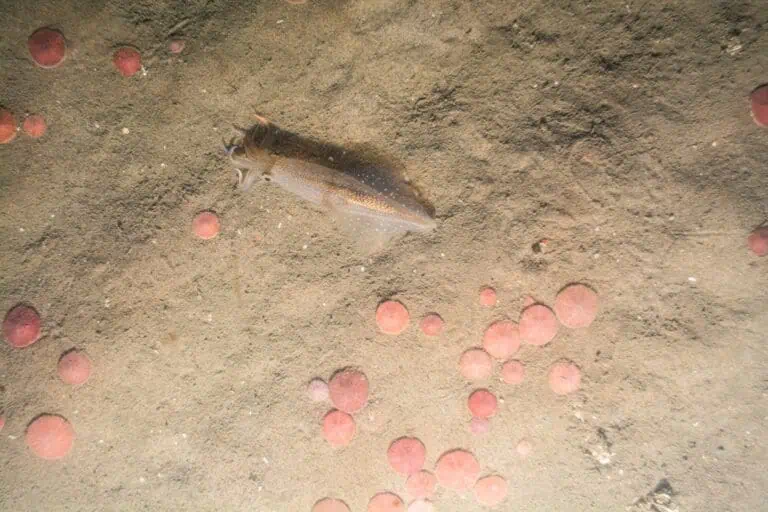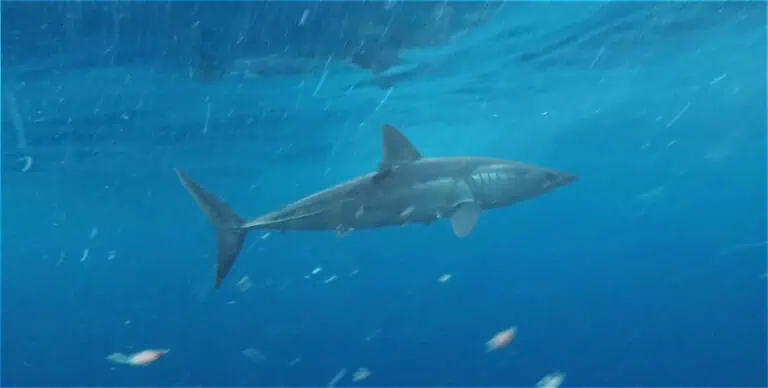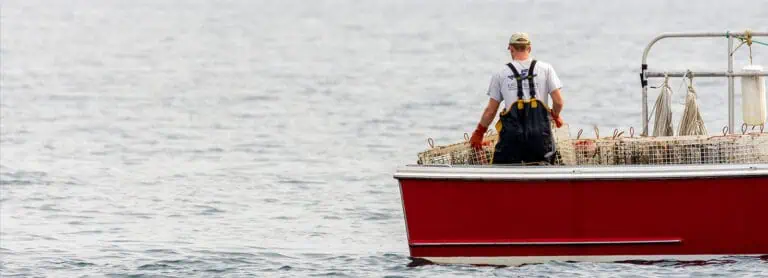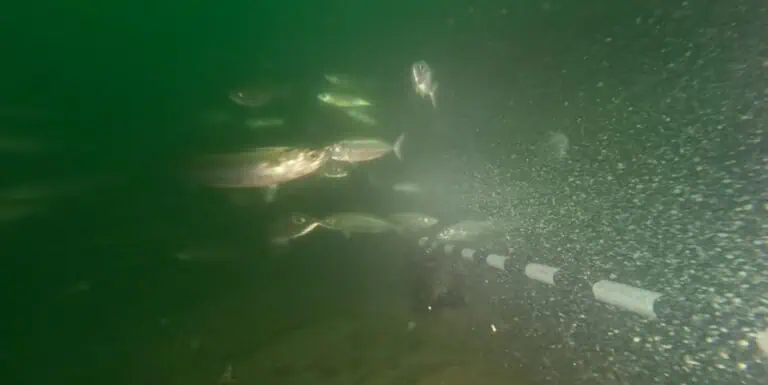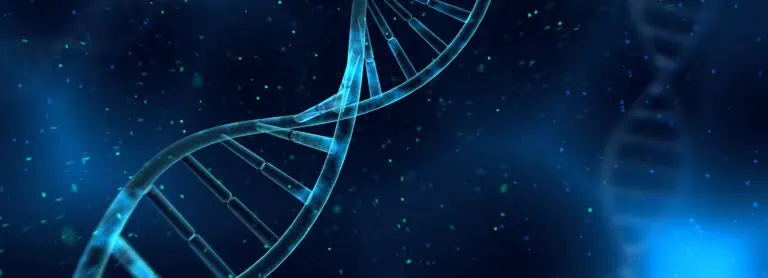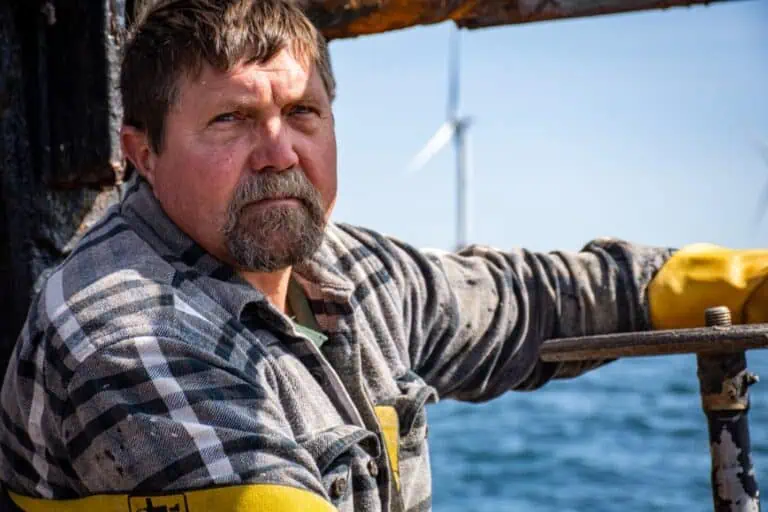Trawl Surveys
Trawl surveys provide a comprehensive view of fish and invertebrate community composition that can include a broad spectrum of body sizes.
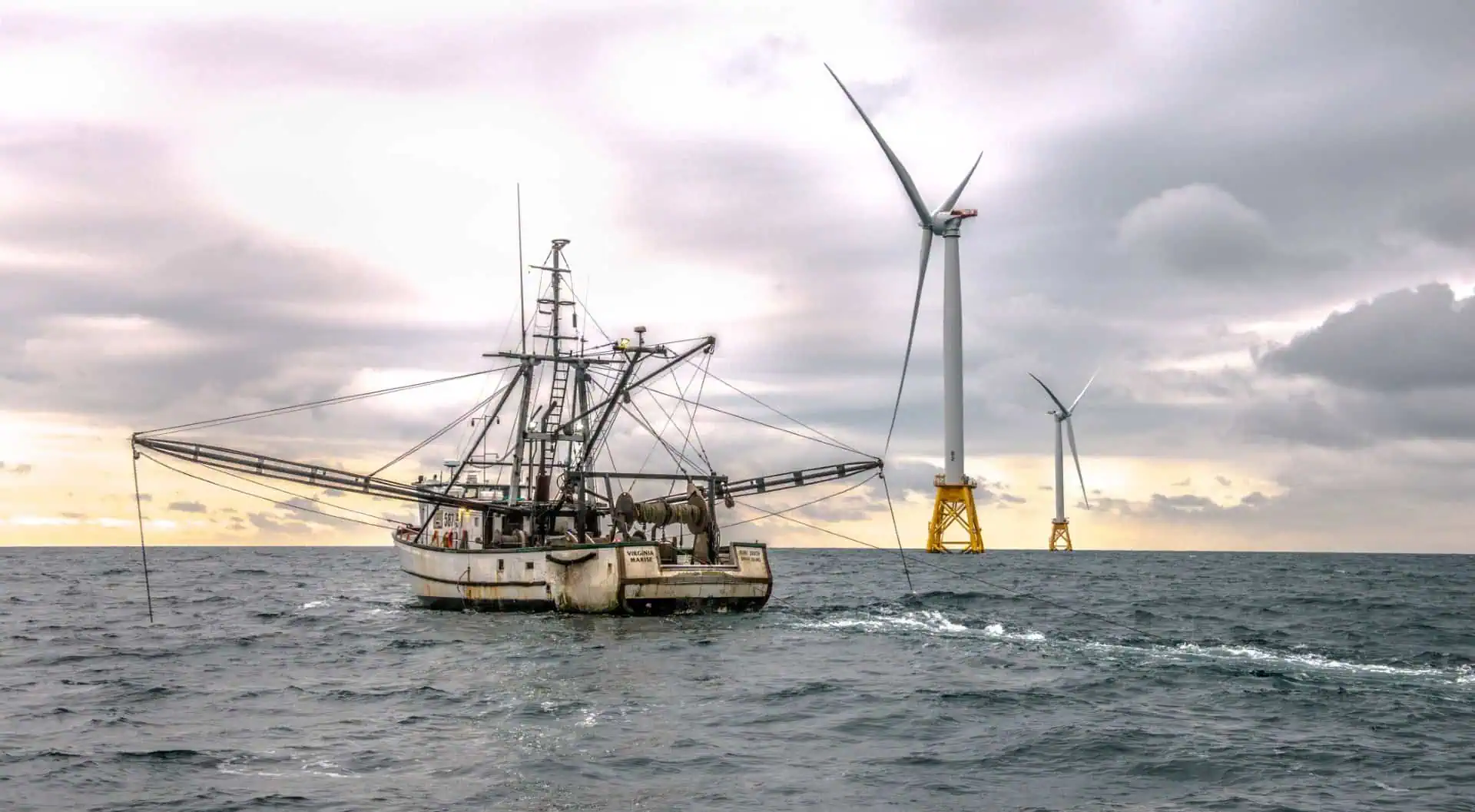
An advantage of trawl surveys is that the catch is landed, allowing the identification of all taxa and an examination of ecological traits, such as size, diet, condition, disease, and reproductive status.
The potential to collect a diverse range of demersal species using a bottom trawl allows the assessment of community metrics such as species richness and diversity that indicate habitat use in areas of interest. INSPIRE uses bottom trawl data to document fish and invertebrate seasonal habitat use in project and references areas. Data comparisons between baseline and post-construction time periods can indicate whether habitat use changed following project completion by either attracting species to the project area or through decreased abundances.
By evaluating biological traits of the catch, INSPIRE is able to explore ways in which demersal biological resources can be affected by project activities that might not be manifested by a change in abundance. Changes to size distributions, diet, health, and reproduction can be detected through trawl surveys and are important indicators of project effects.
Potential metrics for analysis
Fish and invertebrate catch rates and distributions established during baseline and post-disturbance time periods.
Stomach content analysis documents prey items and stomach fullness.
Individual weight to length ratios provide a general condition index that may reflect prey assimilation and/or energy expenditure.
Individuals showing signs of disease may reflect stress, poor environmental conditions or the presence of pathogens in the area.
Maintenance of seasonal reproductive cycles is indicative of healthy populations.
Analyses to determine if size distributions remain consistent throughout the study period.

